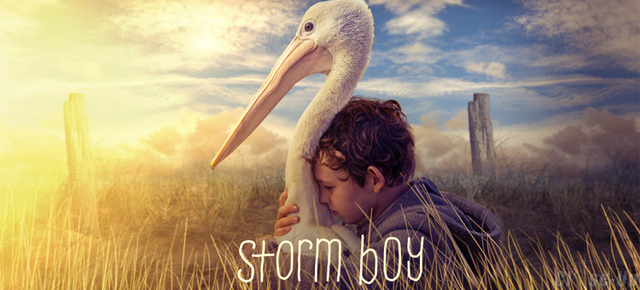The 2019 Australian film Storm Boy captures the special bond between a boy and pelicans on the beautiful Australian coastal landscapes. The story is based on the 1964 novel of the same name by Colin Thiele, and it serves explorations on complex issues surrounding the natural environment and human lives. The story is enriched by the presence of a Ngarrindjeri Aboriginal-rooted character Fingerbone Bill, who represents the traditional connections with pelicans on the area.
The story revolves around the relationships among the main characters, Michael, pelicans, and Fingerbone. Michael, living with his father in a small house on a secluded coastline, discovers three orphaned baby pelicans one day. Around the same time, he encounters Fingerbone, who starts to assist Michael in caring for the pelicans. He imparts the special coexistence relationship that Aboriginal people have built with pelicans.
Fingerbone plays a significant role in showing Michael the traditional Aboriginal ways to treat pelicans with respect and empathy. In the middle of the film, Fingerbone, with white paint on his face and body, shows the traditional dance with his arms outstretched in front of the pelican. The scene has several shots with different angles, capturing Fingerbone dancing and Michael watching and learning with a smile. The whole scene is depicted peacefully, with warm sunlight and calm, gentle music as the backdrop.
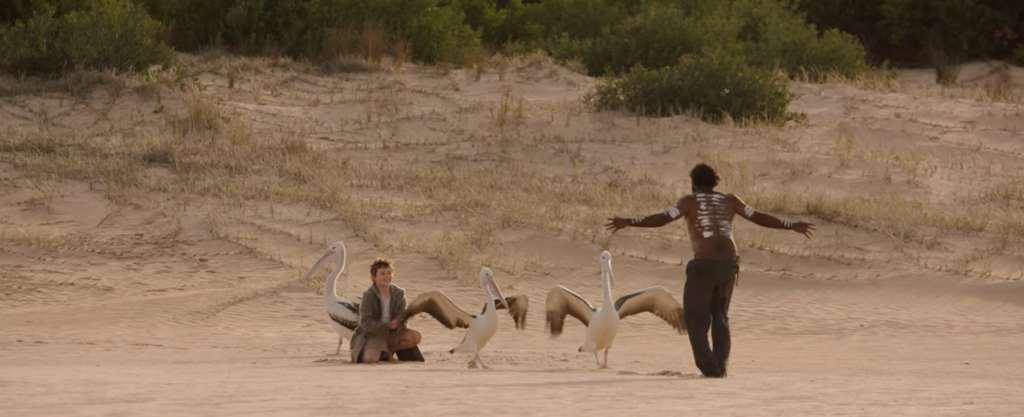
Figure1: Fingerbone showing Michael the traditional dance (distance shot)
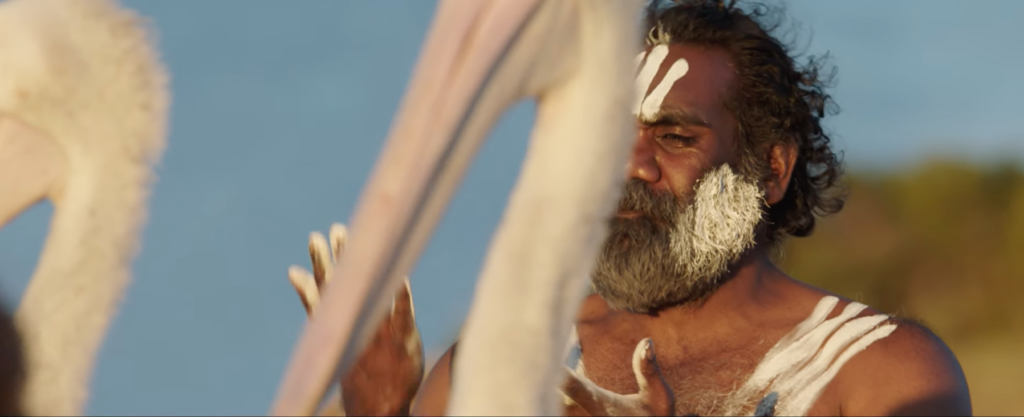
Figure2: Fingerbone showing Michael the traditional dance (close-up shot)
Fingerbone’s lines, such as “Pelican is my friend” and “a long time ago, they were men, riding a canoe, watching everything,” illustrate the profound significance of pelicans in Aboriginal life in the area and that pelicans were respected as fellow inhabitants of the land, not as hunted pray.
While this scene captures the heartwarming connection among characters with a delicate sense of beauty, there are lingering questions about the way the film portrays Aboriginal culture. Fingerbone vividly and kindly conveys the traditional way to befriend pelicans, however, he is not allowed to impart Aboriginal culture deeply enough, with no scene to share his personal matters with Michael. On the screen, Fingerbone remains to be seen as a mysterious indigenous figure who seemingly appears out of nowhere and preserves an ancient and “wild” aspect, which cannot be marginalized in the modern world.
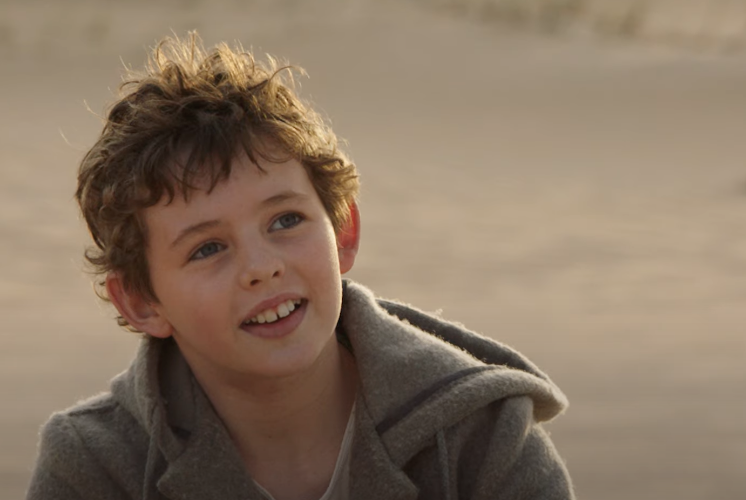
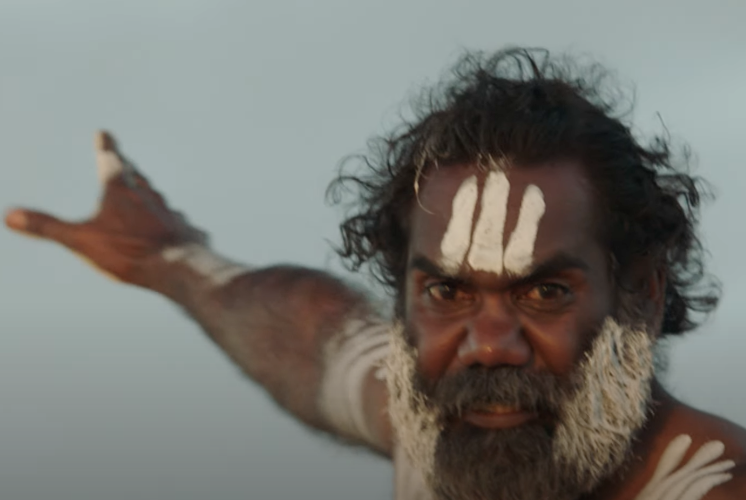
As those two images show, unlike Fingerbone, Michael never paints his face or body. In the film’s approach, the focus remains squarely on the bond between Michael and the pelicans, and Fingerbone’s traits as an Aboriginal character seem to be used merely as a tool to support his desire to help poor pelicans. Here, he is subjected to “othering” and positioned within the indigenous and “wild” flamework, which reflects the contemporary sentimentalised perception on the vanishing beauty of wildlife and certain forms of tradition.
In summary, Storm Boy depicts the exceptional bond between Michael and the pelicans on the beautiful Australian nature, employing calm and peaceful lighting, editing, and sound strategies. The film highlights challenges in contemporary lives where there are clashes between modernity and tradition, and difficulties in the preservation and coexistence with wildlife. As discussed in this article, the culture and tradition of Aboriginal people are also offered, even as it leaves the potential for more comprehensive approaches to convey its significance.
